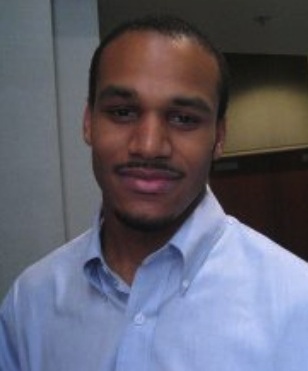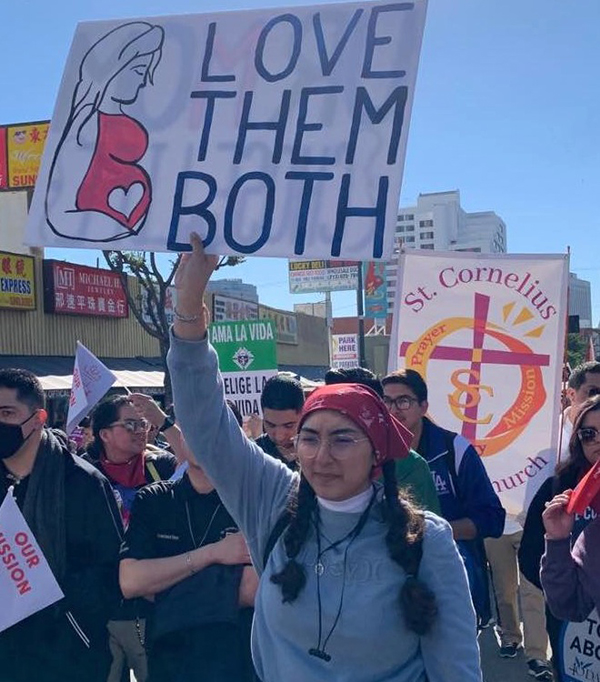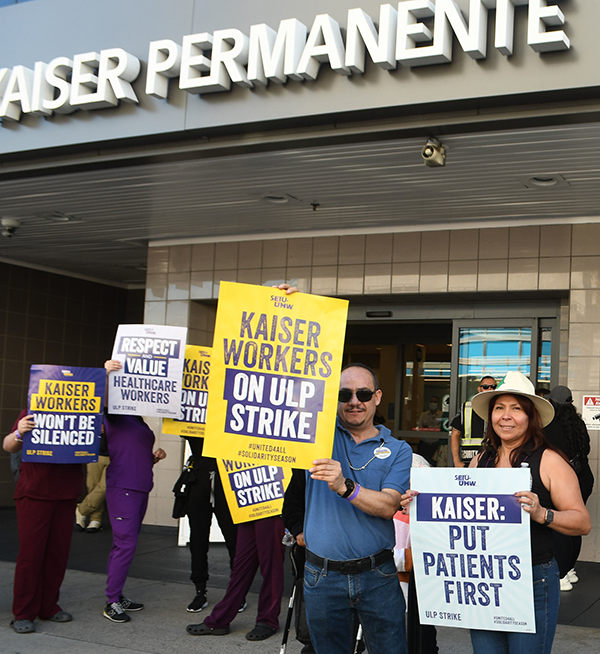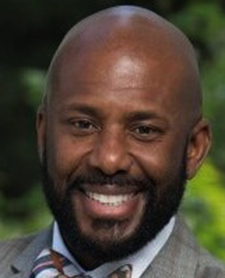South L.A. gentrification topic of community meeting

By Shirley Hawkins
Contributing Writer
WEST ADAMS — A group of people gathered at Dorsey High School June 5 for a community discussion on the rapid development taking place here and in other parts of South Los Angeles.
Hosted by the West Adams Neighborhood Council, participants included Steven Meeks, West Adams Neighborhood Council president; Mary M. Lee, community activist; Marcus Pickens of the Social Justice Learning Institute and Megan Jamerson, moderator.
Also speaking were Kristin Fukushima, the managing director of the Little Tokyo Community Council; Loyola Marymount University professor Priscilla Leiva; Rev. Kelvin Sauls, who discussed South Africa’s Sophiatown and District Six; and Damien Goodman, co-founder and executive director of the Crenshaw Subway Coalition.
“I just got off a flight from South Africa and came here straight from the airport to come to be with you because we need to get a local context around what is happening around us,” said Rev. Sauls, the former pastor at Holman United Methodist Church in Los Angeles.
Sauls, who said he has pastored at several churches across the country, said he noticed that many of the churches were dealing with issues of displacement and gentrification.
“I had to connect the dots. I’m letting you know right now that this is not a new thing that is happening to us,” he said. “I would say that the displacement taking place in South Africa right now and in the United States is a global phenomenon because global investors are investing in the displacement.”
Sauls said he and his family had personally experienced the devastation of gentrification.
“Where I grew up in South Africa, there were social removals under the apartheid regime,” Sauls said. “When I was in third grade my family was forcibly removed from Clubtown, which was an integrated town in South Africa. We had to move because the bulldozers were coming (to demolish our homes).”
Sauls urged concerned residents to investigate the proposed developments that are slated to be built in South Los Angeles.
“Any plans in the city of Los Angeles have to be approved by the Department of Planning. So if you want to know what’s coming for you and your neighbor, you need to go to City Hall downtown and check the documents at the Department of Planning and you will see that they have these [upcoming developments] worked out for the next 10 to 20 years.”
One of the development firms that is rapidly flipping properties in the West Adams/Crenshaw district is CIM Group, a mid-Wilshire-based real estate firm that is currently developing 40 properties in West Adams.
Properties will include construction of 15 new buildings with glass storefronts at street level and as many as 170 apartments above. Another CIM mixed-use project being constructed will contain 74 units.
Many in the community are not happy about the new construction.
“This whole movement is about discrimination, disruption and divestment,” Sauls said. “Are we going to sit on the sidelines or jump in and do whatever we can do to resist and reimagine?” he asked.
Goodmon, whose Crenshaw Subway Coalition has been on the forefront of fighting gentrification for years, has observed firsthand how developers are targeting Black residents who are being displaced by high rents.
“In Los Angeles, renters hover around 60% but in Black communities the rental statistics are even higher,” he said. “They are starting to build two-bedroom apartments starting at $6,068 dollars a month that will price many Black and brown people out of the market.
“This process of harm has been intentionally inflicted on Black people. Any major city where there is a major Black population such as the residents living along the Crenshaw corridor there will be a history of oppression as well as suppression of Black wealth that makes us particularly vulnerable.
“We have been hurt and targeted,” Goodmon added. “This is a system that is in place and it is a system that needs to be torn down.
Goodmon said that South Los Angeles will slowly begin to change.
“They will completely recreate neighborhoods that we live in,” he said. “You can walk outside your door right now and see new apartment buildings that are being constructed. Developers are intentionally coming into communities that have transportation corridors that can connect to downtown, Santa Monica and the LAX Airport.
“There are foreign investors who are seeking apartment buildings for sale in South Los Angeles on their laptops and a guy living in Singapore can buy an available property in South L. A. in his pajamas. Local and foreign developers are seeking out homes in the community that are worth a half-million dollars and they will flip that home and sell it for $1.4 million.
“If you had knocked on a homeowner’s door 10 years ago and told them that their house would one day be worth over $1 million, they probably would have stared at you incredulously and said, ‘Call the police! There’s a crazy person at my door.’
“Gentrification is the displacement of the poor for profit,” Goodmon added. “We need policies to address that form of redress so that we can live in communities where people can live well and thrive.”
Marcus Pickens, who spoke about “The Wealth Gap Disparity” in the Black community, grew up in Watts and experienced firsthand how economic poverty affected the community.
“I was fortunate because I came from a two-parent home and my dad owned an automotive repair shop,” he said. “But many of my friends had few economic opportunities and many joined gangs instead.
“We need more Black economic opportunities in the Black community,” said Pickens, who helps train youths at the Social Justice Learning Institute by providing job skills, mentorship, training and education.
“We train them to start their own businesses because we need to train a pipeline of Black entrepreneurs,” he said.
Gentrification also affects Asian and Latino neighborhoods.
“Displacement and erasure is a global context,” said Leiva, who said that the once thriving community of Chavez Ravine where Latino families built homes, established businesses and lived and worked for generations was bulldozed in the late 1950s to make way for Dodger Stadium.
“Every year since the ‘70s, the descendants and former residents of Chavez Ravine gather in Elysian Park to pass on the memory of the Ravine to their kids and grandchildren,” Leiva said.
Kristin Fukushima’s community of Little Tokyo also experienced displacement where eminent domain razed established businesses in order to build parking lots. But as one of the oldest communities in Los Angeles, Little Tokyo in downtown Los Angeles continues to thrive.
LIFTOUT
“They will completely recreate neighborhoods that we live in. You can walk outside your door right now and see new apartment buildings that are being constructed.”
— Damien Goodmon





